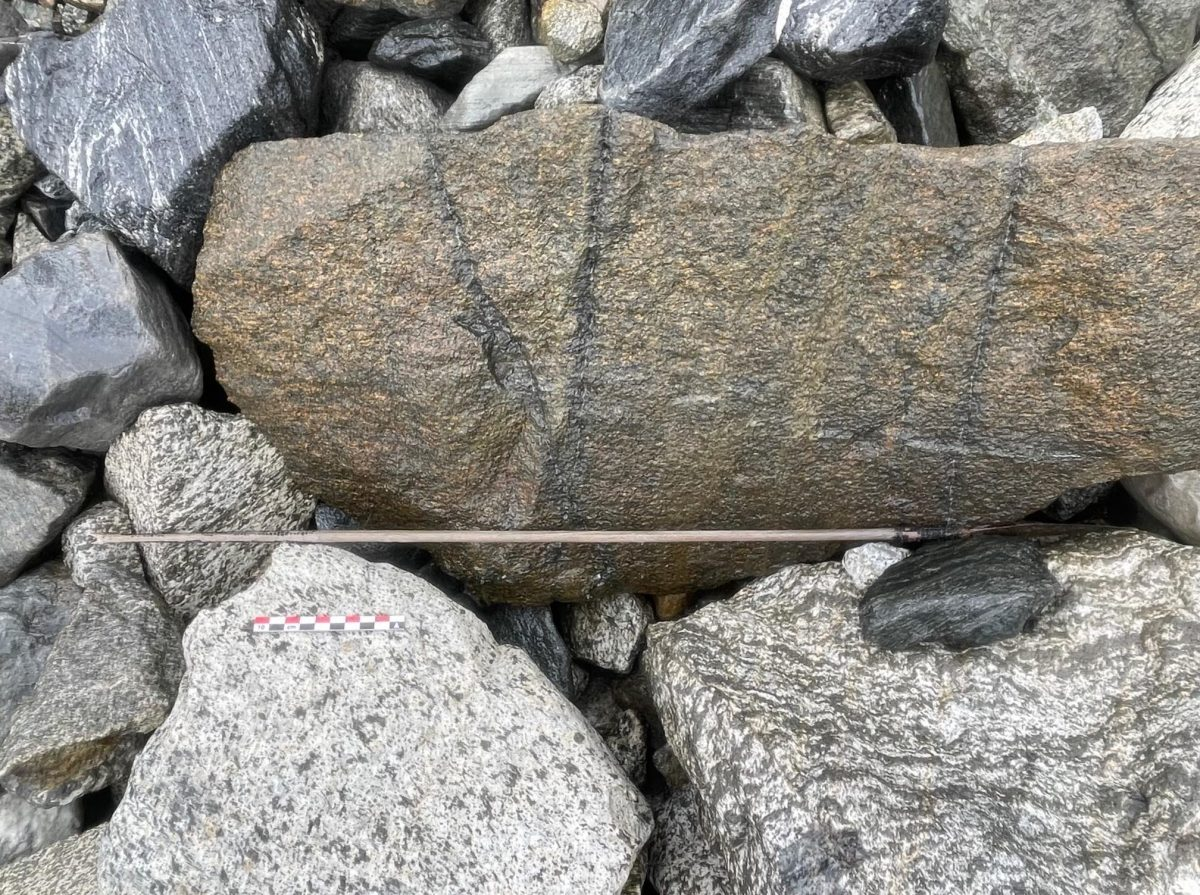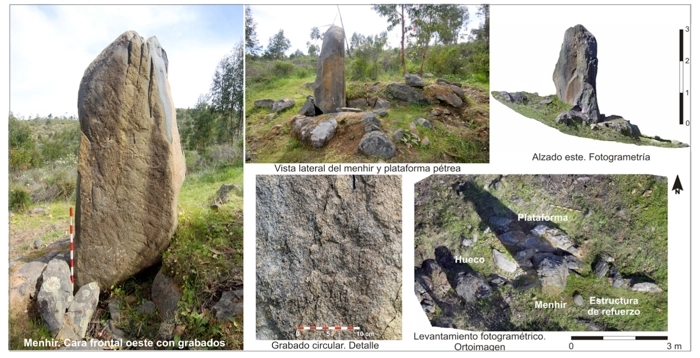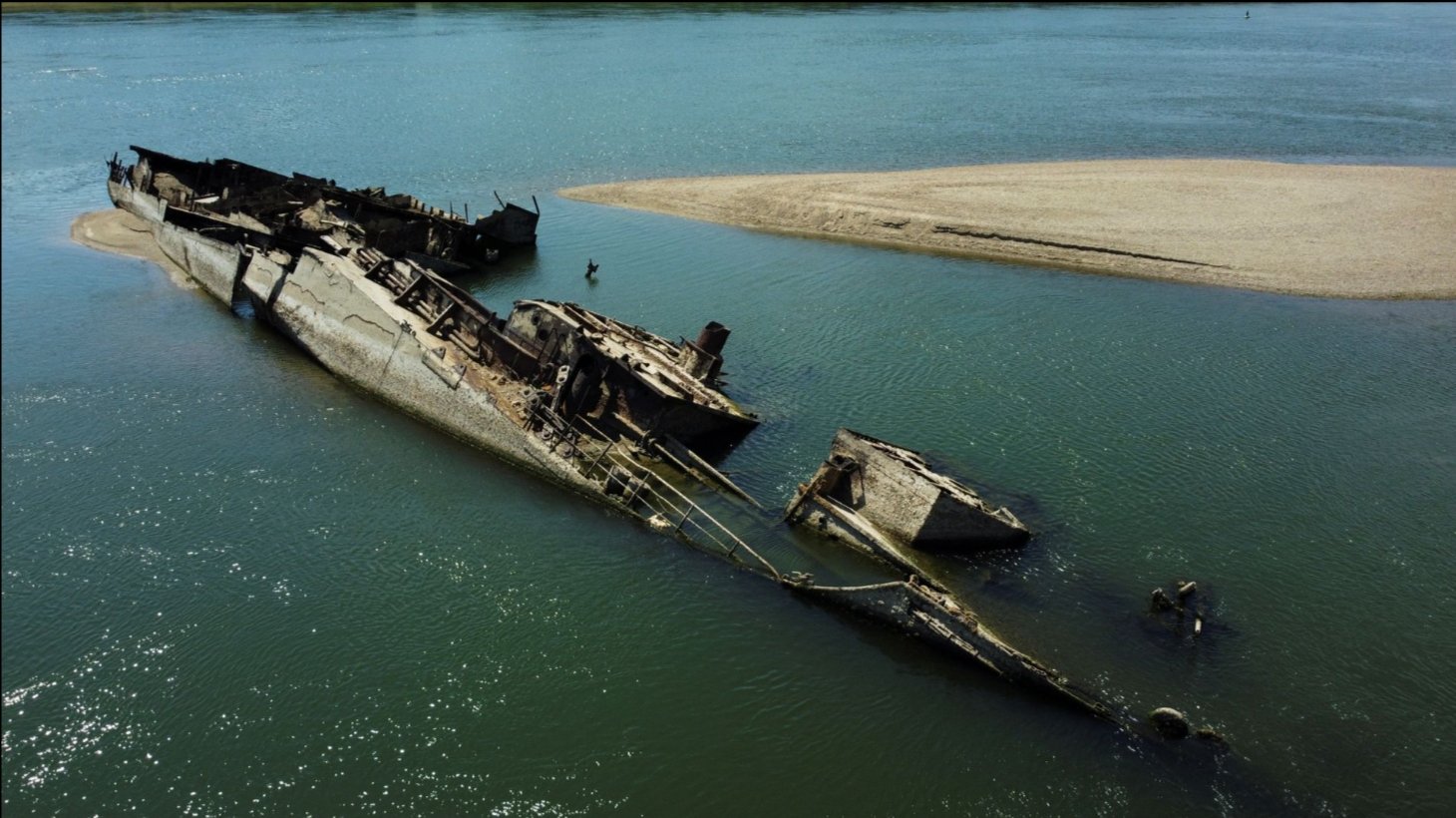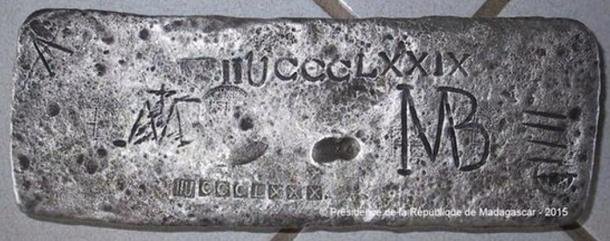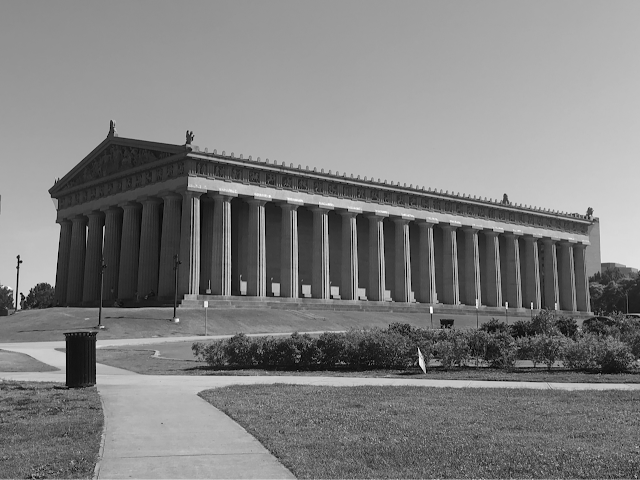“It’s unlikely we will get much closer to the harsh reality of the Battle of Waterloo than this”, observed Pollard.
MacKinnon added that signs of sharp force trauma and amputation on some of the horse bones raises the possibility that horses injured and shot in the aftermath of the battle may also have been cooked and eaten.
Contemporaneous accounts of the Battle of Waterloo reported that the smoke, screech and crash of muskets and gunfire continued all day on June 18, 1815, subsiding only around 8.30pm when the agonised howls of wounded men and thousands of horses lifted higher above the din. Around 50,000 injured soldiers – 7,000 Prussian troops, 15,000 allied soldiers and 25,000 French troops – and at least 10,000 dead and dying horses were kettled into an area of little more than four square miles. Michael Crumplin, a retired surgeon and military historian, says the density of casualties per mile of the Waterloo front far exceeded that suffered by the British army on the first day of the Somme in 1916.
It was the end of the 23-year-long war against Republican and Napoleonic France, a conflict that had bled Britain both in human lives and financially: the total bill of £1.6bn left a £544m hole in the national coffers.
Crumplin, who is also curator of the Mont-Saint-Jean Military Surgical Museum, says the human loss, estimated at between 2.5% and 3% of the population, was also proportionately higher than that of the carnage wreaked in the first world war between 1914 and 1918.
For the Waterloo Uncovered team, discovering a full set of human remains meant enormous excitement – but also a confronting, grim connection with the suffering of fellow soldiers. There had been no expectation of such a find and the moment only served to illustrate, with a cruel and poignant clarity, the state of emergency around the field hospital on that day. Young soldiers and veterans at a committal ceremony over the skeleton just before the end of the dig were visibly moved by the experience.
Waterloo Uncovered was born of the experiences of two men, Mark Evans and Charlie Foinette, who had studied archaeology together at University College London (UCL) and subsequently served as officers in the Coldstream Guards – a historic regimental connection with Waterloo that would ultimately help them to open up the closely protected battlefield to exploration.
Evans, a livewire with never-ending energy, had been encouraged to return to archaeology as a way of addressing the profound mental legacy of his own experiences in Afghanistan while Foinette, a lieutenant colonel still serving with the battalion, had taken his men on a tour of nearby Hougoumont farm, “sacred ground” for the regiment as the walled garden of the farmhouse in front of the allied line turned into a battle within a battle and led to one of the Coldstream Guards’ most revered and proud moments. Both men realised how little archaeological work had been done despite the mythical status of the battlefield, but also experienced firsthand just how cathartic it could be to bring veterans suffering the mental and physical legacies of modern warfare to a safe military setting in which they could confront as well as share their demons.
“I can’t imagine what it must have been like to hear the sound of the French cavalry when they did their charge – it was around 8,000 horses, which is a huge number, and opposing many, many allied squares of infantry, each one, seven or eight hundred men strong and all of them firing muskets, shouting and screaming. The closest modern comparison we might experience is during a state visit and the Sovereign escort, which is about 120 horses, and that alone is hugely impressive. It’s difficult to imagine what a visceral experience it must have been, what an assault on the senses,” Foinette told me.
“There was not much wind that day, the sound of guns firing, the constant smoke and noise, God knows what effect it had on people who were there … that’s the thing we cannot possibly reproduce: we can stand on that ridge and look at it, but we can’t understand it.”
Waterloo Uncovered, says Foinette, has now been excavating the battlefield since 2015, bringing a new group of veterans each summer, every cohort carefully chosen, trained and supervised both by the international team of archaeologists and specialist military welfare officers. During the past five years, they have helped to find and catalogue thousands of small objects, from musket and pistol balls to coins and regimental buttons.
In the summer of 2019, however, metal detectorists picked up a powerful signal in the same Mont-Saint-Jean ditch where the new skeleton has just been found and to the archaeologists’ surprise, discovered not just a trove of metal ammunition boxes but four amputated but still articulated human limbs – a tibia and fibula, parts of a foot, and a femur – seemingly thrown over them in haste. It was impossible for those excavating the limbs not to ponder the suffering of amputation without anaesthesia or antibiotics. And yet, says Pollard, a young veteran who had lost both legs to an IED in Afghanistan and was on site during the find became a valued member of the metal detector team: “What was obvious to him was that had he incurred his injuries in 1815, his chances of survival would have been much lower. One of the positive legacies of the horrors of war has been the advance in medicine made in response to it.”
Carefully lifted from their resting place, the limbs were sent to the AWaP laboratory for scientific analysis and the team, buoyed by their extraordinary and unexpected find, began to look forward to the next dig. Then Covid happened, and the site had to be mothballed for two years – just as the battlefield seemed to be offering new, tangible clues to the 200-year-old mystery of what happened to the dead of Waterloo.
Stories have swirled for more than a century that the bones of the men of Waterloo were collected, sold and ground down to make crop fertilisers.
A report in the Nautical Register of November 1822 estimated that “more than a million bushels of human and inhuman bones” were imported from Europe into the port of Hull after the battles of Leipzig, Austerlitz and Waterloo. These battlefields were “swept alike of the bones of the hero and the horse which he rode” and, thus collected, were forwarded to Yorkshire bone grinders who, “with steam engines and powerful machinery reduce them to a granular state”. The material was then sent on, chiefly to Doncaster, one of the UK’s largest agricultural markets, and sold to farmers to manure their lands: “The oily substance of the bone gradually evolving as the bone calcines make a more permanent and substantial manure than almost any other substance.”
In November 1829, the Spectator reported that Scotland was also an importer of human bones, documenting the arrival of a ship from Hamburg laden with the remains of those fallen on the plains of Leipzig in the battles “fought betwixt France and the allies in October 1813”. Evidence of the removal of teeth from the dead as they lay on the field has also been documented as the first stage in the production of expensive, 19th-century dentures that became known as Waterloo teeth, a practice examined in an intriguing 1968 study of the history of false teeth by John Woodforde.
And yet, says Pollard, it is not unusual for the human bone fertiliser theory to be met with incredulity or even dismissed as urban myth, angst that has meant it has been overlooked or ignored in books and studies of the battle and its legacy.
There are, in fact, a plethora of first-hand, written accounts of the battlefield just after the war ended as well as letters, sketches and paintings by famous or wealthy “war tourists” – perhaps the best known by Sir Walter Scott and the poet Robert Southey – who flocked to see the aftermath and apparently showed little moral compunction even about taking grisly souvenirs. Yale University historian Dr Stuart Semmel wrote an intriguing paper on the behaviour of British tourists to Waterloo, describing it as a kind of replacement for the 18th-century aristocratic Grand Tour, “ushering in the first hints of modern mass tourism”.
Southey, the poet laureate, for example, visited Waterloo on October 3, just three and a half months after the battle, and wrote: “Between Hougoumont and La Haye Sainte, where the Prince of Orange was wounded, 2,000 bodies are buried. Hats, from all which the lace has been stript, caps, shoes, belts, and such things are still lying about in great number; but crows and vultures are not so active after a battle as the followers of an army. When Mr Werth visited the field and saw it in its recent horrors, all the dead horses were lying on their backs, with their feet stiff in the air in the attitude wherein they have been placed by those who came for their shoes!”
Pollard has examined in detail these contemporary accounts and his study, published in the Journal of Conflict Archaeology in June, concludes that based on eyewitness reports, three mass graves containing up to 13,000 bodies must have existed in the aftermath. Realistically, bodies would also have been cremated or disposed of in numerous other locations across the battlefield and he says the fact remains that there is still no reliable record of a mass grave ever being found on site.
“The most likely outcome of such a bloody affair is the fertiliser trade – even if it is not yet case closed.” (Pollard was frustratingly coy about his new, soon-to-be-published research partly based on accounts of battlefield visits by Thomas Ker, a Scottish merchant who was living in Brussels at the time of the battle.)
Waterloo Uncovered has now embarked on a full geophysics survey with Bournemouth and Ghent universities in an effort to try to map, “however coarsely”, the location of unmarked graves oºr cremation sites. A PhD student, Duncan Williams, is using a quad bike to meticulously test the magnetic susceptibility of the soil to flag any anomalies, such as where a hole might have been dug and the area filled again or where there was an area of burning, revealing where ditches may once have been or where soldiers might have created hearths while camping or excavated pits for the cremation of bodies.
Another of the team’s archaeological directors, Dr Stuart Eve, says that the way we think about dealing with the dead changed dramatically after the first world war when memorialisation became much more important.
“Of course, now we wouldn’t even think about it but back then, fertilisers were not chemical. The things we grow, we eat, and the good stuff goes into our bones… it was the circle of life.”
The fact that so few remains have been found makes no sense to us today and yet, after the Napoleonic wars, all the nations involved were poor and desperate to find ways to feed their people. The race to industrialise phosphate fertilisers to help agriculture get back on its feet resonates today as war in Ukraine has left the world not just short of important grains but also of modern fertilisers.
“Tony’s investigations show it was well known in Belgium at the time that mass graves were excavated, in fact there’s a great quote where the British are called the vampires of Europe because they emptied the post-Napoleonic battlefields of bones,” Eve said.
“Theoretically for us, finding a mass grave would be interesting but finding an empty mass grave – well that would be even more so because then we have direct evidence of this stuff actually happening.”
Paola Totaro is a journalist based in London and specialising in European affairs, social policy and the arts





















